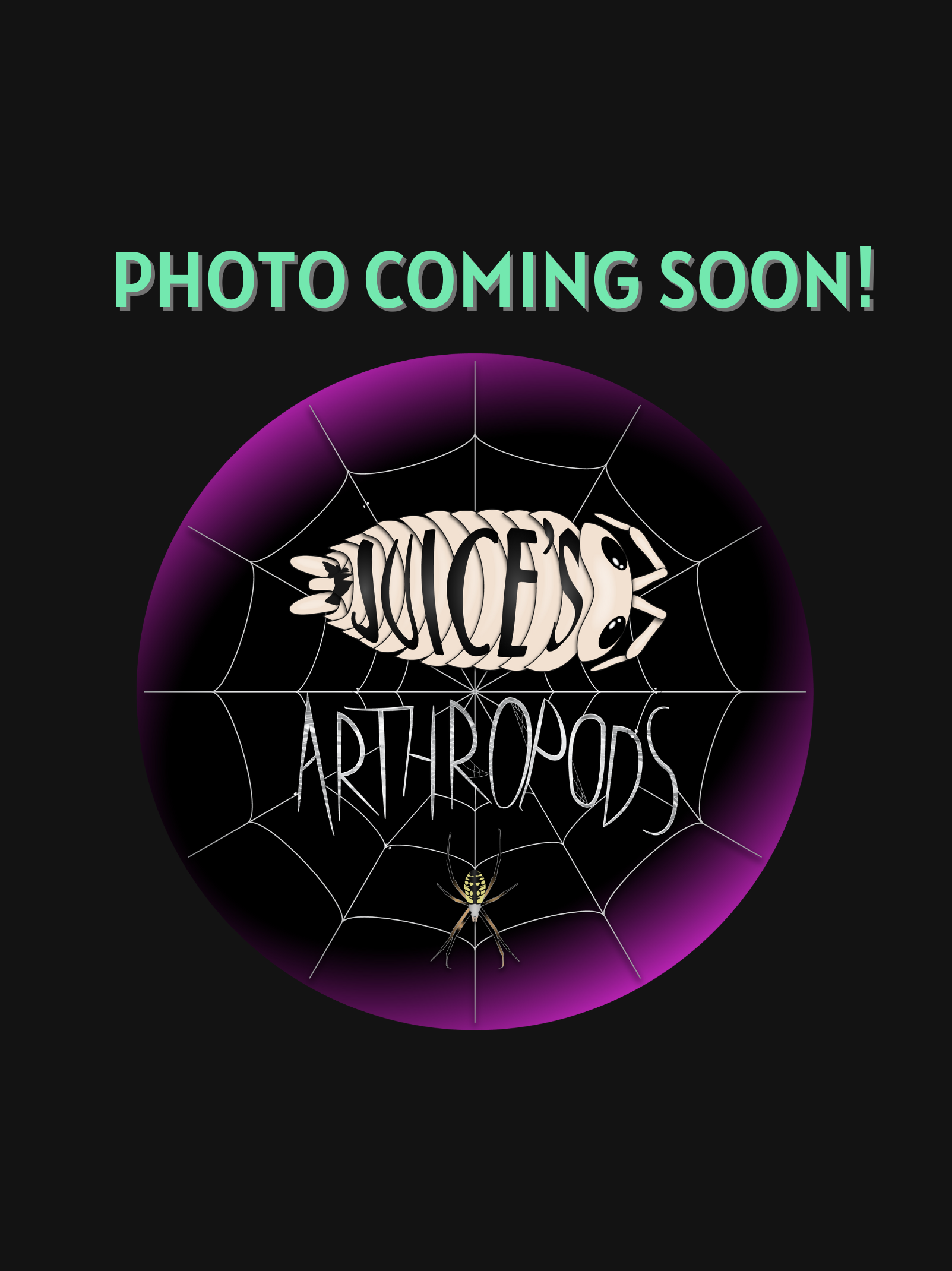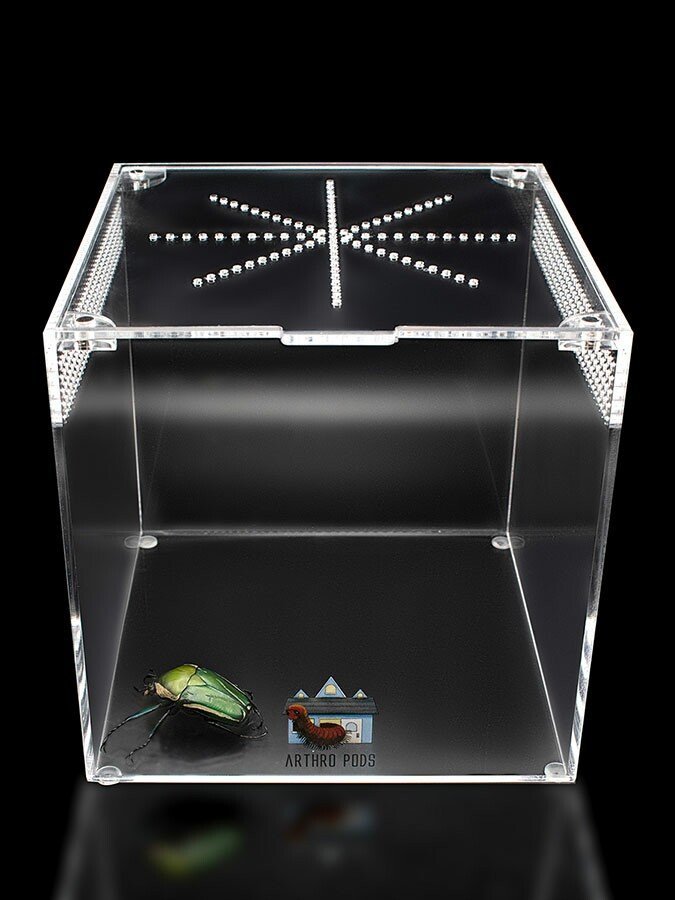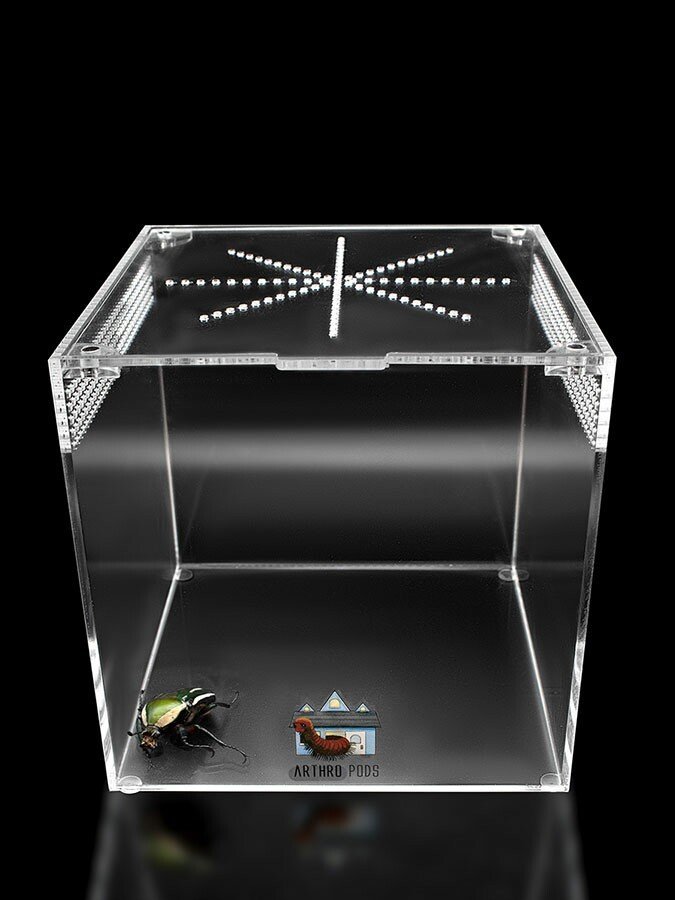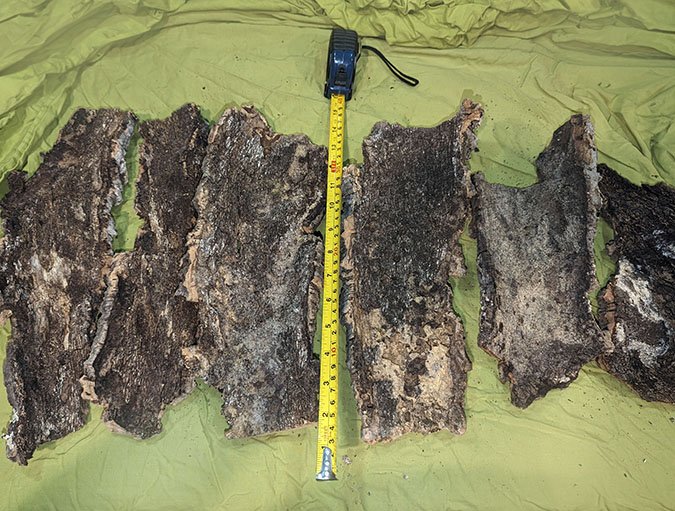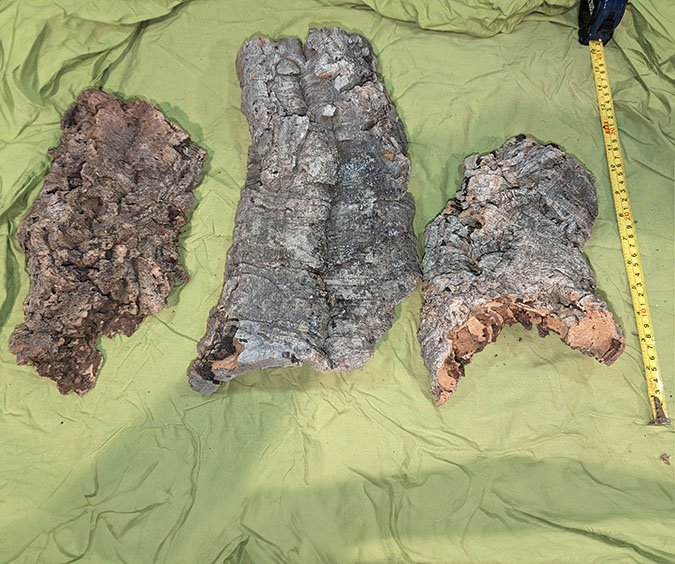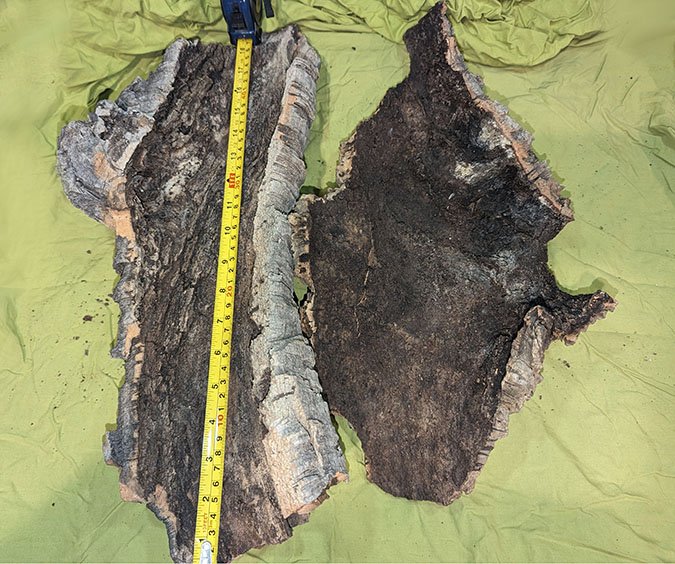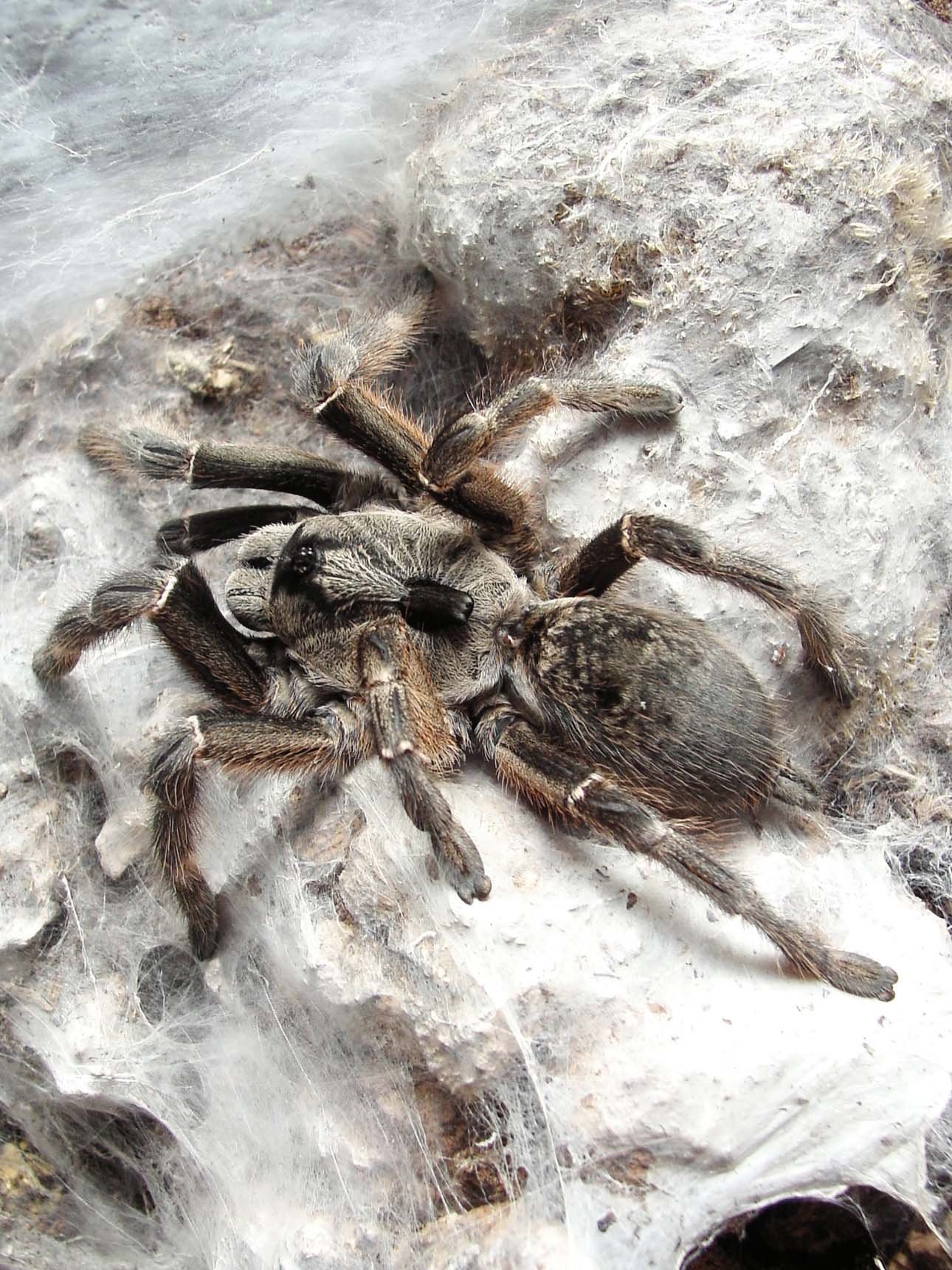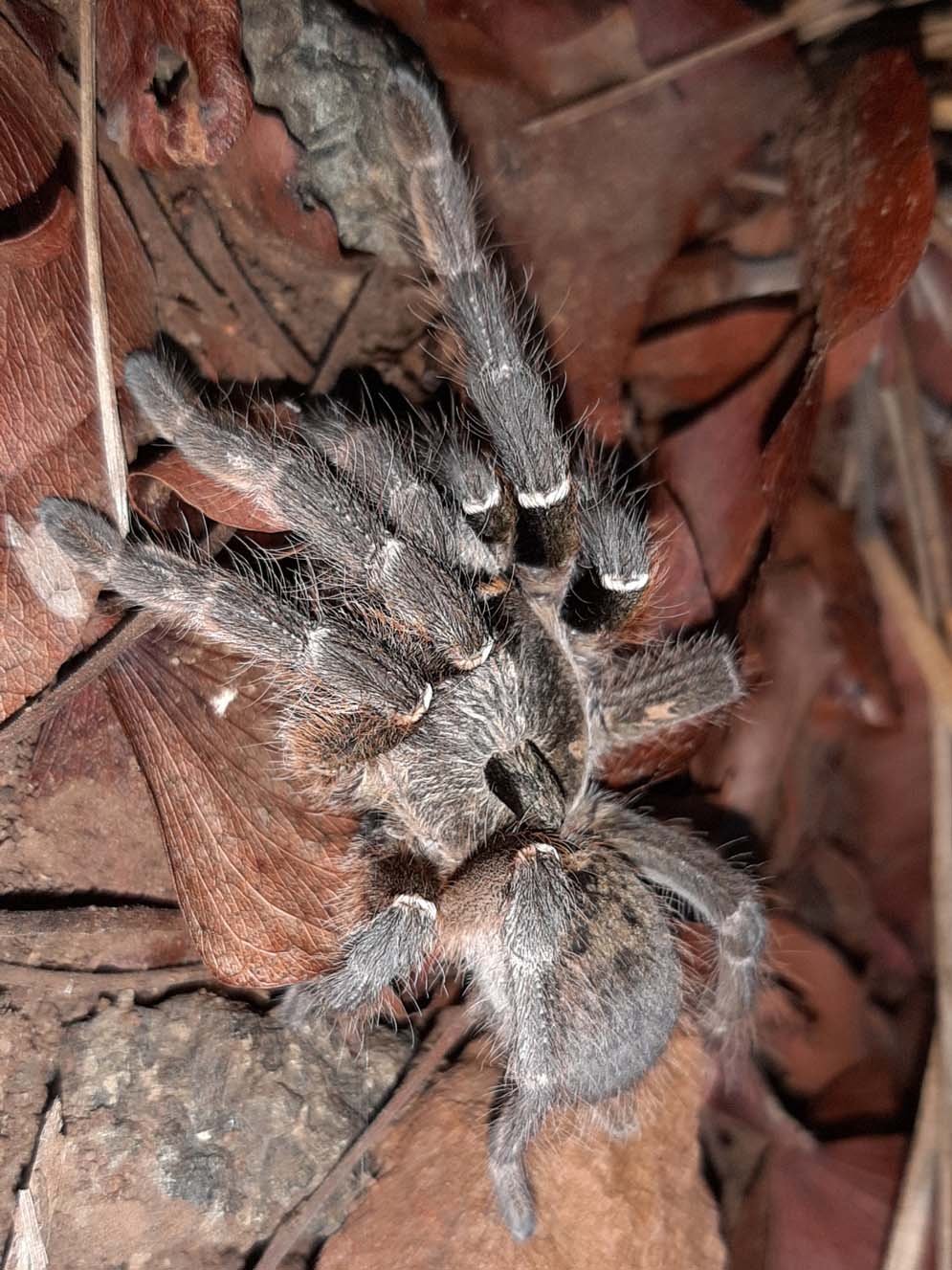Idiothele mira
Idiothele mira, commonly known as the Blue Foot Baboon Tarantula, is a small to medium-sized fossorial Old World species native to the dry scrublands of South Africa, particularly the Eastern Cape and KwaZulu-Natal provinces. This species is celebrated in the tarantula hobby for its unexpected burst of color—brilliant, metallic blue on the tarsi (feet)—which contrasts strikingly with its otherwise earthy and camouflaged appearance. The vivid coloration is typically only visible during movement or posturing, giving this spider a “hidden gem” mystique.
Despite being part of the Baboon spider group (subfamily Harpactirinae)—known for defensiveness and power—I. mira is relatively reclusive and non-confrontational compared to many of its African cousins. It is a deep burrower, constructing well-structured, silk-lined tunnels, often incorporating a trapdoor-style entrance. This trapdoor behavior is extremely rare among tarantulas, making Idiothele mira particularly fascinating for behavioral observation and naturalistic enclosures.
In terms of coloration, the body ranges from dark brown to olive or sandy tan, with subtle patterning on the carapace and abdomen, well-suited to its semi-arid environment. The blue tarsi remain one of its most unique and eye-catching features, often flashing briefly when the tarantula emerges from its burrow to ambush prey.
Idiothele mira, commonly known as the Blue Foot Baboon Tarantula, is a small to medium-sized fossorial Old World species native to the dry scrublands of South Africa, particularly the Eastern Cape and KwaZulu-Natal provinces. This species is celebrated in the tarantula hobby for its unexpected burst of color—brilliant, metallic blue on the tarsi (feet)—which contrasts strikingly with its otherwise earthy and camouflaged appearance. The vivid coloration is typically only visible during movement or posturing, giving this spider a “hidden gem” mystique.
Despite being part of the Baboon spider group (subfamily Harpactirinae)—known for defensiveness and power—I. mira is relatively reclusive and non-confrontational compared to many of its African cousins. It is a deep burrower, constructing well-structured, silk-lined tunnels, often incorporating a trapdoor-style entrance. This trapdoor behavior is extremely rare among tarantulas, making Idiothele mira particularly fascinating for behavioral observation and naturalistic enclosures.
In terms of coloration, the body ranges from dark brown to olive or sandy tan, with subtle patterning on the carapace and abdomen, well-suited to its semi-arid environment. The blue tarsi remain one of its most unique and eye-catching features, often flashing briefly when the tarantula emerges from its burrow to ambush prey.
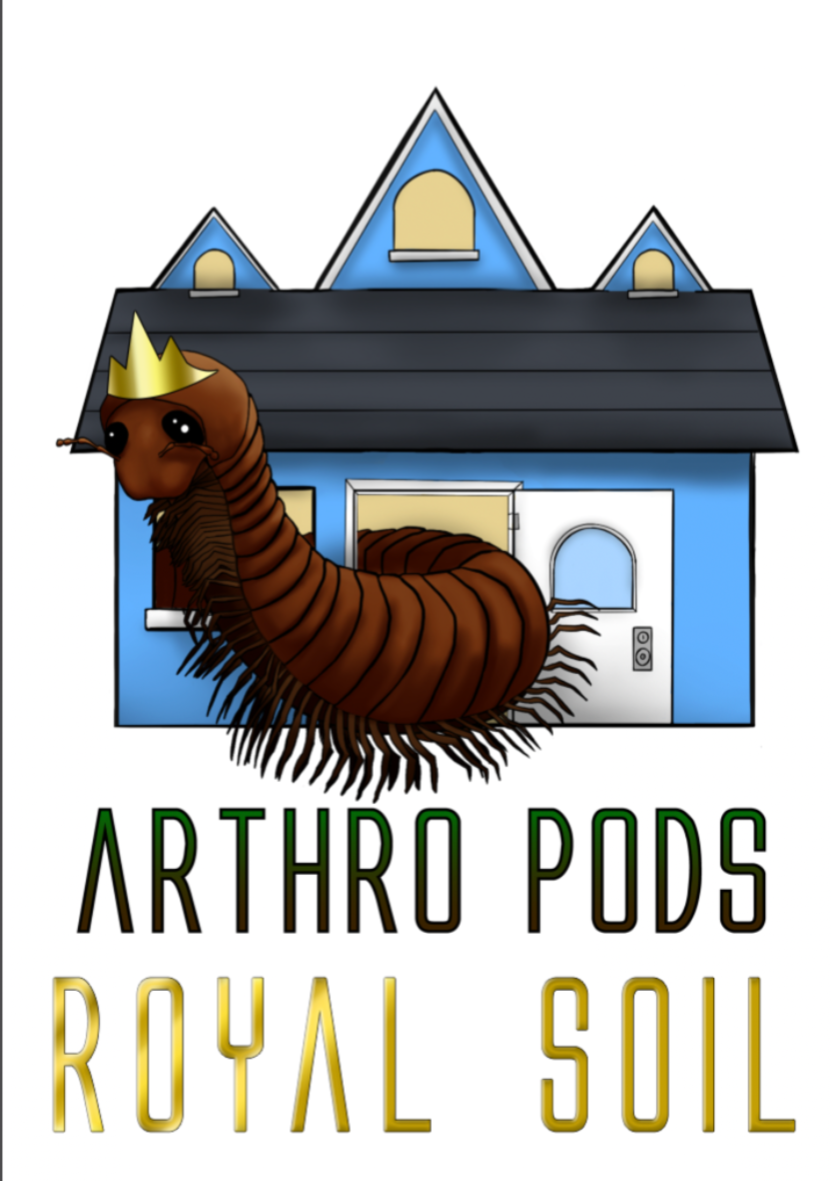

Idiothele mira, commonly known as the Blue Foot Baboon Tarantula, is a small to medium-sized fossorial Old World species native to the dry scrublands of South Africa, particularly the Eastern Cape and KwaZulu-Natal provinces. This species is celebrated in the tarantula hobby for its unexpected burst of color—brilliant, metallic blue on the tarsi (feet)—which contrasts strikingly with its otherwise earthy and camouflaged appearance. The vivid coloration is typically only visible during movement or posturing, giving this spider a “hidden gem” mystique.
Despite being part of the Baboon spider group (subfamily Harpactirinae)—known for defensiveness and power—I. mira is relatively reclusive and non-confrontational compared to many of its African cousins. It is a deep burrower, constructing well-structured, silk-lined tunnels, often incorporating a trapdoor-style entrance. This trapdoor behavior is extremely rare among tarantulas, making Idiothele mira particularly fascinating for behavioral observation and naturalistic enclosures.
In terms of coloration, the body ranges from dark brown to olive or sandy tan, with subtle patterning on the carapace and abdomen, well-suited to its semi-arid environment. The blue tarsi remain one of its most unique and eye-catching features, often flashing briefly when the tarantula emerges from its burrow to ambush prey.
What's the ideal diet for a Philippine Tangerine Tarantula?
All Tarantulas can eat a variety of feeders. Stick to crickets, dubia roaches, silkworms, horned worms occasionally, and a superworm or mealworm as the occasional treat!
How should I keep a Philippine Tangerine Tarantula?
You can start with the Fossorial Fissure Small enclosure for this particular creature. When they are about ⅓ the size, you will want to go to the Fossorial Fissure Medium or Fossorial Fissure Large enclosure. Feed them as slings once a week, twice if their opisthosoma (abdomen) looks small, but if the opisthosoma is wider than their prosoma (pneumothorax), then wait a couple of days to feed. For juveniles or adults, stick to feeding once a week, nothing larger than their opisthosoma. Make sure to keep a full water dish at all times; wider and deeper is preferred.
How long could a Philippine Tangerine Tarantula live?
Females are believed to live upwards of 15+ years, and males not exceeding around 4 years of age. All estimates are based on multiple sources.


